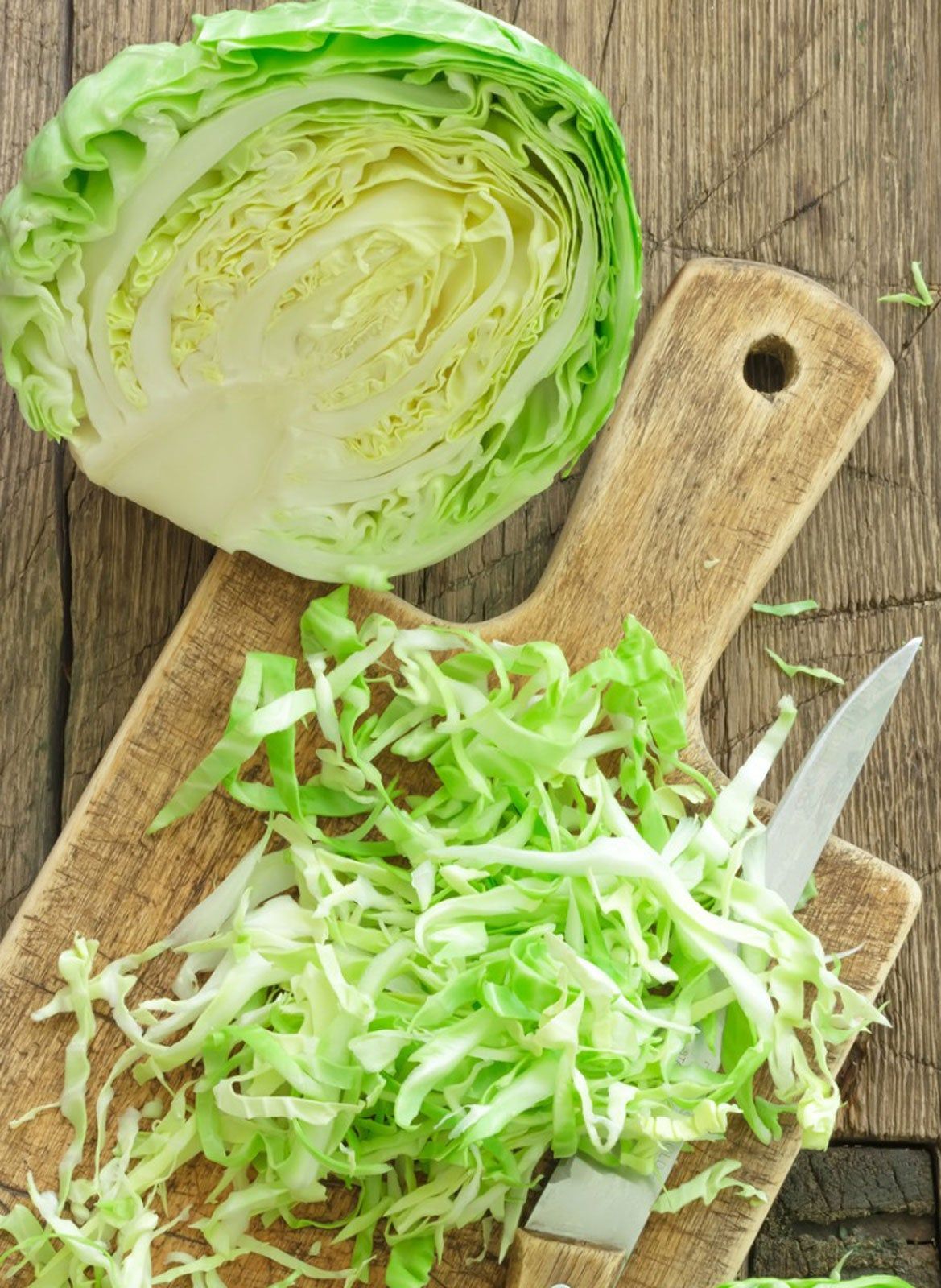Tendersweet Cabbage Plants – How To Grow Tendersweet Cabbages


What is Tendersweet cabbage? As the name suggests, plants of this cabbage variety produce tender, sweet, thin leaves that are perfect for stir-fries or coleslaw. Like all members of this family, Tendersweet cabbage can handle frost but will suffer in hot weather.
When it comes to growing Tendersweet cabbage, it’s best to get started in early spring. However, you can also grow a crop for fall harvest in milder climates.
How to Grow Tendersweet Cabbages
Plant seeds indoors four to six weeks ahead of the last expected frost in your region. This is the best plan if you want to harvest cabbage before the hottest part of summer. You can also purchase young plants at your local garden center.
Prepare a sunny garden spot before transplanting seedlings into the garden. Work the soil well and dig in 2 to 4 inches (5-10 cm.) of compost or well-rotted manure. Additionally, dig in a dry, all-purpose fertilizer according to recommendations on the container.
If you prefer, you can plant Tendersweet cabbage seeds directly in the garden. Prepare the soil, then plant a group of three or four seeds, allowing 12 inches (30.5 cm.) between each group. If you’re planting in rows, allow 24 to 36 inches of space (around 0.5 to 1 meter) between each row. Thin the seedlings to one seed per group when they have three or four leaves.
Caring for Tendersweet Cabbage Plants
Water plants as needed to keep the soil evenly moist. Don’t allow the soil to remain soggy or to become bone dry, as extreme fluctuations in moisture may result in a bitter, unpleasant flavor or may cause the heads to split.
If possible, water at the base of the plant, using a drip irrigation system or soaker hose. Too much moisture when growing Tendersweet leaves and heads may invite powdery mildew, black rot, or other diseases. Watering early in the day is always better than watering in the evening.
Gardening tips, videos, info and more delivered right to your inbox!
Sign up for the Gardening Know How newsletter today and receive a free copy of our e-book "How to Grow Delicious Tomatoes".
Apply a light application of all-purpose garden fertilizer about a month after the cabbage plants are transplanted or thinned. Place the fertilizer in a band along the rows, and then water deeply to distribute the fertilizer around the roots.
Spread 3 to 4 inches (7.5-10 cm.) of mulch, such as straw or chopped leaves, around the plants to keep the soil cool and moist. Remove small weeds as they appear but be careful not to damage the roots of the plants.
Harvest cabbage plants when the heads are plump and firm and have reached an acceptable size. Don’t wait; once the cabbage is ready, the heads will split if left in the garden too long.

A Credentialed Garden Writer, Mary H. Dyer was with Gardening Know How in the very beginning, publishing articles as early as 2007.
-
 Best Determinate Tomatoes: Compact Varieties With Big Yields For Cooking & Canning
Best Determinate Tomatoes: Compact Varieties With Big Yields For Cooking & CanningDeterminate tomatoes are prized for their compact growth and bountiful harvests. Learn their characteristics and choose the best varieties for your garden.
By Bonnie L. Grant
-
 Ideal Azalea Water Requirements – For Lush, Healthy Shrubs That Will Thrive For Years
Ideal Azalea Water Requirements – For Lush, Healthy Shrubs That Will Thrive For YearsWhat are an azalea's water requirements? Learn how to keep these beautiful spring-blooming shrubs happy and healthy in your yard or container garden.
By Amy Grant